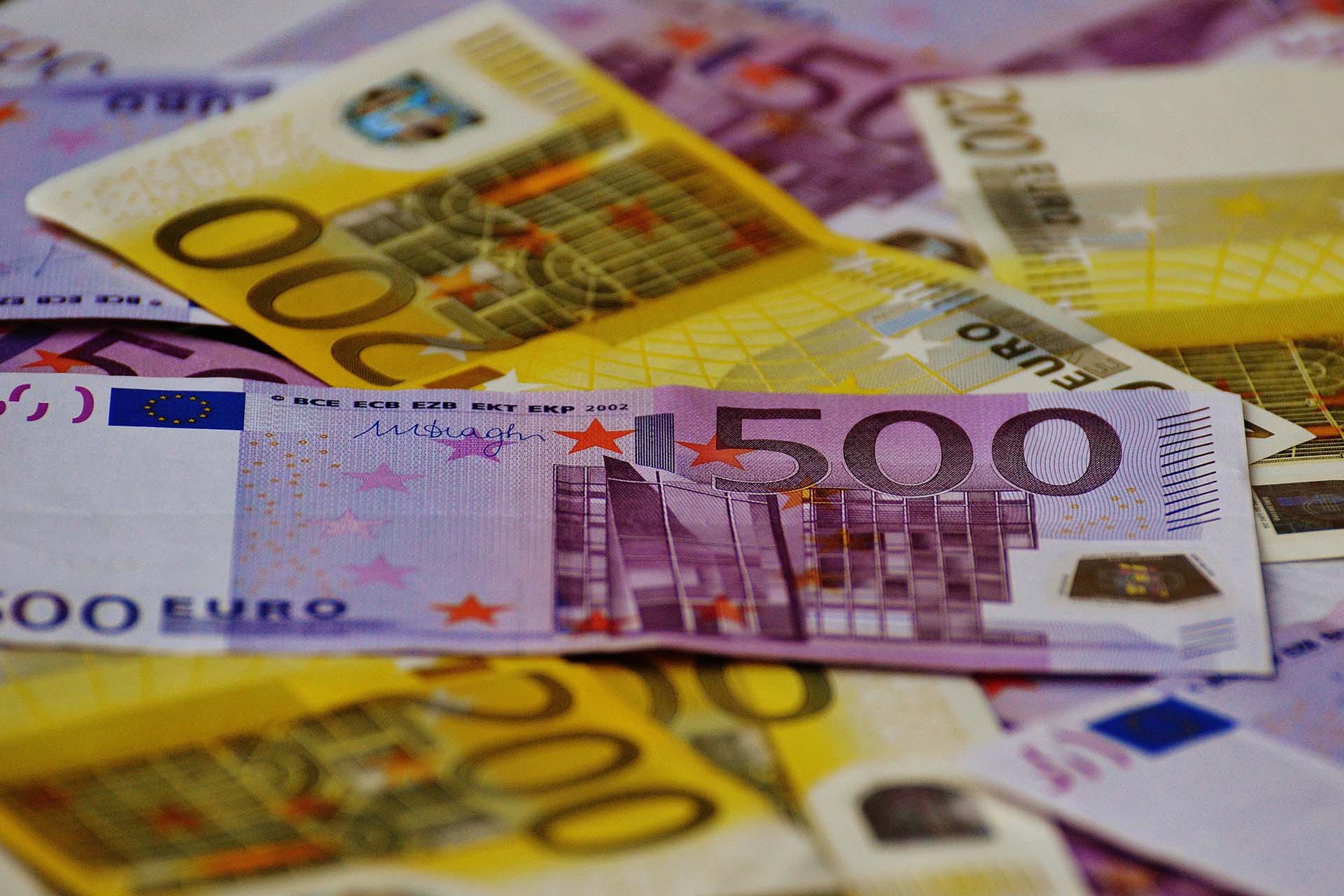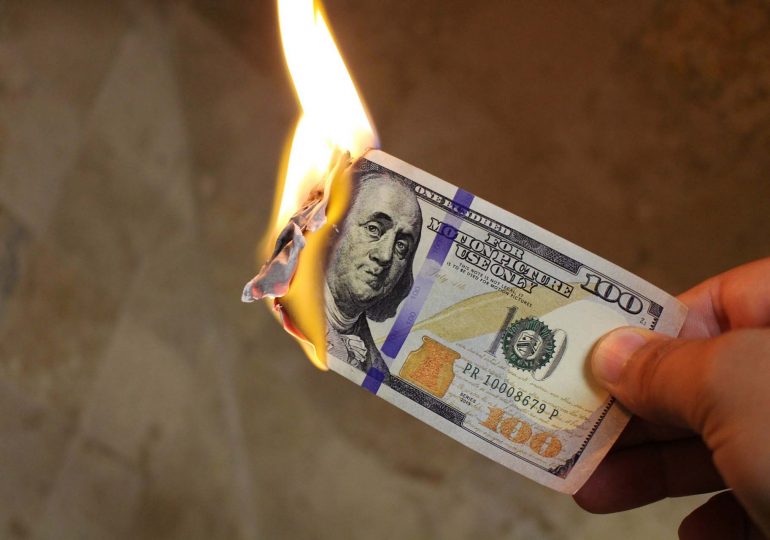The dedollarization plan proposed by the government is not needed by Russian companies.
Since the beginning of the United States imposing sanctions against Russia, the president of the Russian Federation is talking about the process of getting rid of the dollar in the state’s economy. In particular, in 2018, the Central Bank reduced gold and foreign exchange reserves by 101 billion dollars. But the initiative of dedollarization does not yet support.
First, the transition to rubles or yuan in international payments implies enormous extra costs, including the search for new partner banks. Secondly, the ruble is highly volatile. Therefore, the transition to the national currency of the Russian Federation may entail additional currency costs and risks.
Does Russia need the dedollarization plan?
The government can be understood: its task is to create maximum autonomy from the United States and its currency. This is especially true in light of the steps taken by Donald Trump to stabilize the state’s economy. Meanwhile, ¾ of all trade in the Russian Federation ($ 598 billion) occurs in dollars. Only 5% of this indicator falls on the United States. However, with China, the situation is such that 90 percent of all trading takes place in the currency of the United States. In addition, this is in light of the fact that in 2018 because of the trade war with the United States, China signed an agreement with Russia on the use of the ruble and the yuan in trade calculations. All exports of raw materials of the Russian Federation are pegged to the dollar and the parties are not ready for changes: currency markets in euros, yuan and rubles are not much smaller.
At the same time, Russia’s main export item is hydrocarbons. Oil is traditionally traded in dollars and hardly anyone is ready to change the world system.
Nevertheless, US sanctions, as well as an investigation into Russia’s alleged influence on the American elections, are forcing the Kremlin to take steps in search of alternatives to the dollar. Already, the Central Bank has developed and implemented a scheme in which banks will be able to make payments in a state of complete isolation. Many organizations have begun to withdraw their funds outside the influence of the United States Treasury Department. As noted above, the Central Bank transferred its international reserves, which are equivalent to 101 billion dollars in other currencies: yuan, yen and euro. About ¼ of all stocks in yuan is now in Russia.

Meanwhile, many economies (not only Russian) are looking for an alternative to the dollar. For example, the EU is implementing a program on the use of the euro in international payments. In connection with the sanctions imposed by the United States on Iran, the country and partners are looking for an opportunity to abandon the dollar. In particular, India and Iran made a willful decision to pay in rupees. China systematically takes steps to introduce the yuan as an alternative currency for international payments.
Some ex-USSR countries borrowing from Russia are ready to do it in rubles, but so far the RF itself has no possibility of such lending.
Experts note that in order for the Russian economy to get rid of the dollar by at least 10%, it will take about 30 years or the market itself will present surprises – this is also not excluded.









